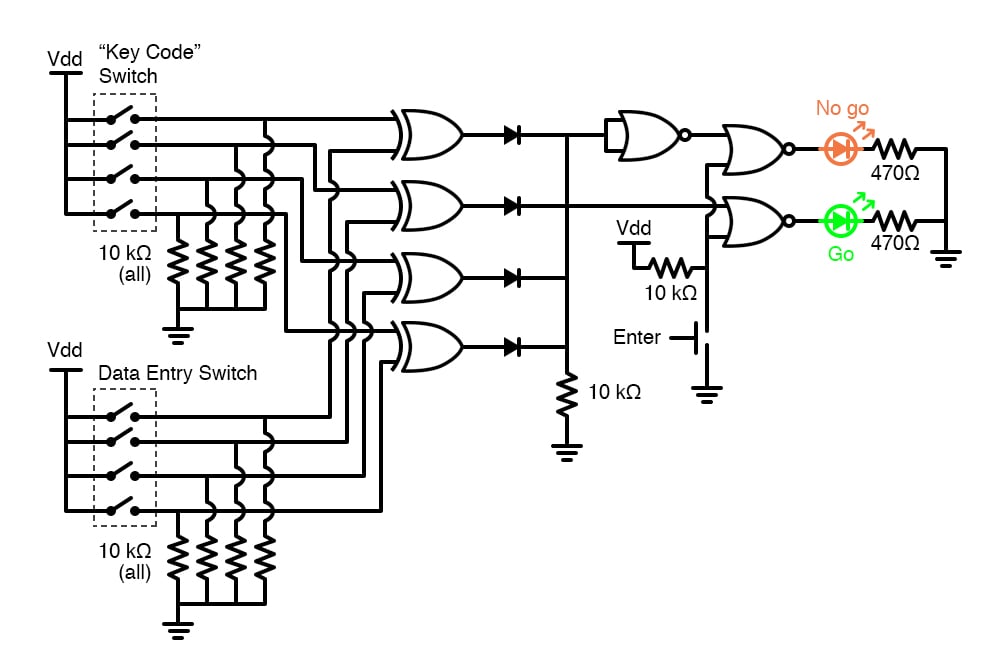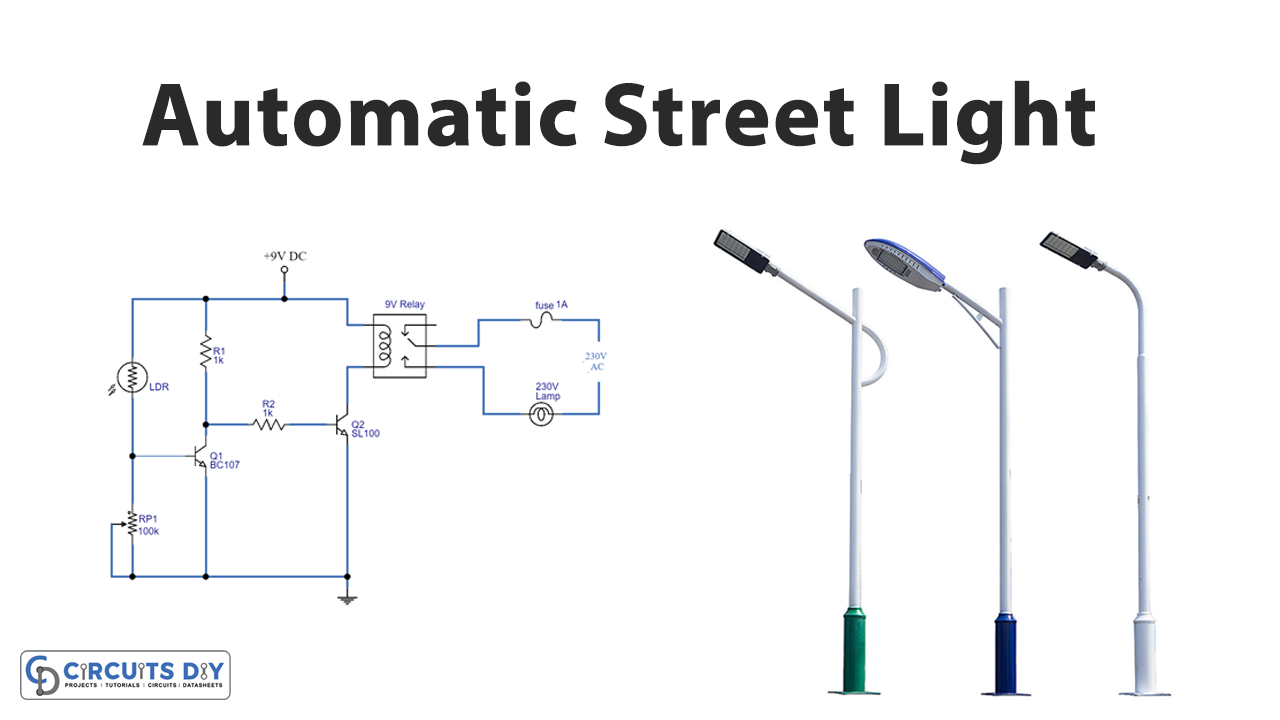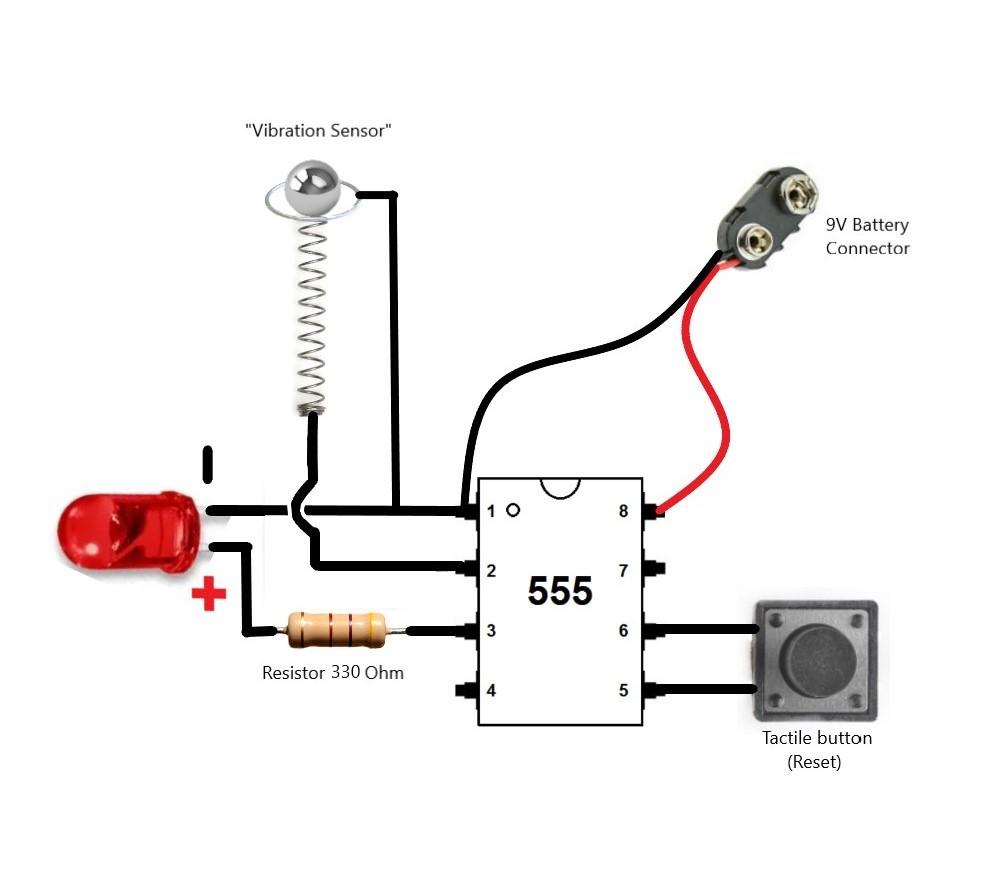Best Way to Design an Electronic Lock Circuit
Electronic locks are becoming increasingly popular due to their convenience and security features. Whether you are designing an electronic lock for a door, safe, or any other application, it is essential to create a reliable and effective circuit. In this article, we will discuss the best way to design an electronic lock circuit that is secure, efficient, and user-friendly.
1. Determine the Type of Lock
The first step in designing an electronic lock circuit is to determine the type of lock you want to create. There are various types of electronic locks, including keypad locks, RFID locks, and biometric locks. Each type has its own advantages and disadvantages, so it is important to choose the one that best suits your needs and requirements.
2. Choose the Components
Once you have determined the type of lock you want to design, the next step is to choose the components for your circuit. Some essential components for an electronic lock circuit include a microcontroller, sensors, actuators, and a power source. It is crucial to select high-quality components that are reliable and durable to ensure the security and longevity of your electronic lock.
3. Design the Circuit Diagram
After selecting the components, you need to design the circuit diagram for your electronic lock. This will involve connecting the components in a way that allows the lock to function properly. You may also need to include additional features such as alarms, notifications, and remote access in your circuit design to enhance the security and usability of the electronic lock.
4. Test the Circuit
Once you have designed the circuit diagram, the next step is to test the circuit to ensure that it functions correctly. Testing the circuit will help you identify any potential issues or malfunctions and make any necessary adjustments before finalizing the design. It is essential to conduct thorough testing to ensure the reliability and effectiveness of your electronic lock circuit.
5. Implement Security Measures
Security is a crucial aspect of designing an electronic lock circuit. It is essential to implement robust security measures to protect the lock from unauthorized access and hacking attempts. This may include encryption, authentication protocols, and physical tamper resistance features to prevent security breaches and ensure the safety of the electronic lock.
6. Consider User Experience
When designing an electronic lock circuit, it is important to consider the user experience. The electronic lock should be easy to use and intuitive for the user. This may involve incorporating features such as user-friendly interfaces, visual indicators, and seamless integration with other devices to enhance the usability and convenience of the electronic lock.
7. Optimize Power Consumption
Another important factor to consider when designing an electronic lock circuit is power consumption. It is essential to optimize the power consumption of the circuit to ensure long battery life and reduce energy costs. This may involve using low-power components, implementing power-saving modes, and efficient power management techniques in the circuit design.
8. Finalize the Design
Once you have tested the circuit, implemented security measures, considered the user experience, and optimized power consumption, the final step is to finalize the design of your electronic lock circuit. Make any necessary adjustments, conduct a final round of testing, and ensure that the electronic lock meets all your requirements and specifications before deploying it in the desired application.
In conclusion, designing an electronic lock circuit requires careful planning, attention to detail, and a focus on security and usability. By following the steps outlined in this article, you can create a reliable and effective electronic lock circuit that provides secure access control and convenience for various applications.
Best Way to Design an Electronic Lock Circuit
Electronic locks are becoming increasingly popular due to their convenience and security features. Whether you are designing an electronic lock for a door, safe, or any other application, it is essential to create a reliable and effective circuit. In this article, we will discuss the best way to design an electronic lock circuit that is secure, efficient, and user-friendly.
1. Determine the Type of Lock
The first step in designing an electronic lock circuit is to determine the type of lock you want to create. There are various types of electronic locks, including keypad locks, RFID locks, and biometric locks. Each type has its own advantages and disadvantages, so it is important to choose the one that best suits your needs and requirements.
2. Choose the Components
Once you have determined the type of lock you want to design, the next step is to choose the components for your circuit. Some essential components for an electronic lock circuit include a microcontroller, sensors, actuators, and a power source. It is crucial to select high-quality components that are reliable and durable to ensure the security and longevity of your electronic lock.
3. Design the Circuit Diagram
After selecting the components, you need to design the circuit diagram for your electronic lock. This will involve connecting the components in a way that allows the lock to function properly. You may also need to include additional features such as alarms, notifications, and remote access in your circuit design to enhance the security and usability of the electronic lock.
4. Test the Circuit
Once you have designed the circuit diagram, the next step is to test the circuit to ensure that it functions correctly. Testing the circuit will help you identify any potential issues or malfunctions and make any necessary adjustments before finalizing the design. It is essential to conduct thorough testing to ensure the reliability and effectiveness of your electronic lock circuit.
5. Implement Security Measures
Security is a crucial aspect of designing an electronic lock circuit. It is essential to implement robust security measures to protect the lock from unauthorized access and hacking attempts. This may include encryption, authentication protocols, and physical tamper resistance features to prevent security breaches and ensure the safety of the electronic lock.
6. Consider User Experience
When designing an electronic lock circuit, it is important to consider the user experience. The electronic lock should be easy to use and intuitive for the user. This may involve incorporating features such as user-friendly interfaces, visual indicators, and seamless integration with other devices to enhance the usability and convenience of the electronic lock.
7. Optimize Power Consumption
Another important factor to consider when designing an electronic lock circuit is power consumption. It is essential to optimize the power consumption of the circuit to ensure long battery life and reduce energy costs. This may involve using low-power components, implementing power-saving modes, and efficient power management techniques in the circuit design.
8. Finalize the Design
Once you have tested the circuit, implemented security measures, considered the user experience, and optimized power consumption, the final step is to finalize the design of your electronic lock circuit. Make any necessary adjustments, conduct a final round of testing, and ensure that the electronic lock meets all your requirements and specifications before deploying it in the desired application.
In conclusion, designing an electronic lock circuit requires careful planning, attention to detail, and a focus on security and usability. By following the steps outlined in this article, you can create a reliable and effective electronic lock circuit that provides secure access control and convenience for various applications.



